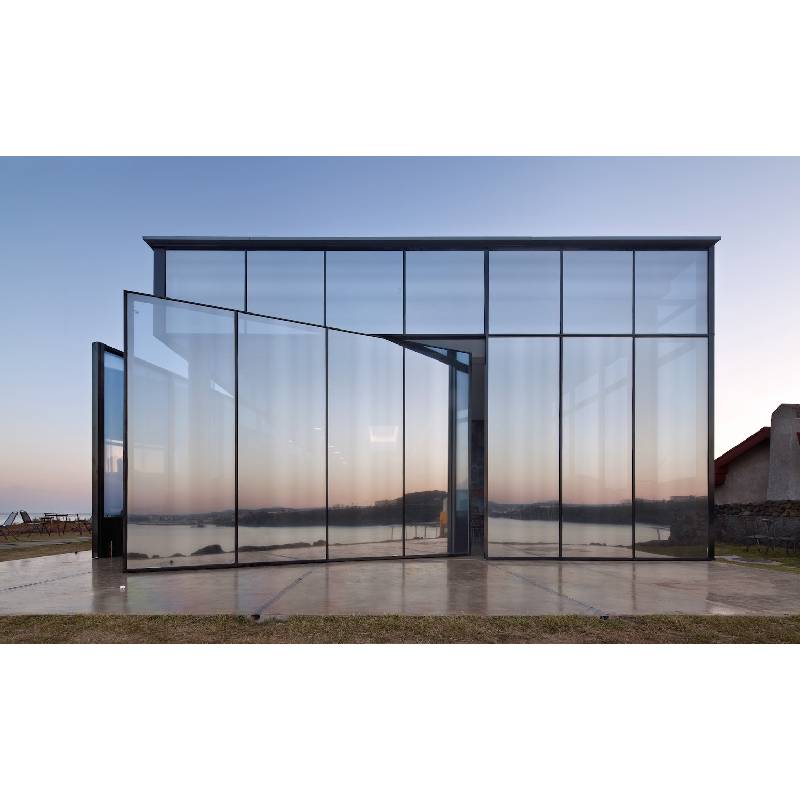

The Benefits and Applications of Heat Reflective Glass
In an age where energy efficiency and sustainability are paramount, heat reflective glass has emerged as a highly valued innovation in architecture and design. This specialized type of glass incorporates a reflective coating that allows sunlight to penetrate while reducing heat transfer, making it an ideal choice for various applications, from residential buildings to commercial high-rises.
Understanding Heat Reflective Glass
Heat reflective glass is designed to control solar heat gain, effectively reflecting a significant portion of the sunlight that strikes its surface back into the atmosphere. This is achieved through a thin metallic coating or a low-emissivity (Low-E) coating that helps regulate temperature inside buildings. By reflecting infrared radiation while allowing visible light to pass through, this glass maintains natural daylight without creating excessive heat, thereby contributing to energy savings and comfort.
Energy Efficiency Benefits
One of the most compelling advantages of heat reflective glass is its role in enhancing energy efficiency. In climates with high sun exposure, air conditioning systems must work harder to maintain comfortable indoor temperatures. By incorporating heat reflective glass into the design of buildings, architects and builders can significantly reduce cooling costs. According to studies, using heat reflective glass can lower energy consumption by up to 30%, translating into substantial savings for homeowners and businesses alike.
Moreover, the reduced demand for air conditioning not only saves energy but also minimizes the environmental impact. With fewer greenhouse gas emissions produced by power plants, heat reflective glass aligns with global efforts to combat climate change and promote sustainability.
Comfort and Aesthetics

In addition to its energy-saving benefits, heat reflective glass offers improved comfort for occupants. By minimizing glare and reducing heat buildup, it enhances the overall indoor experience. The ability to maintain a consistent temperature reduces the discomfort associated with hot spots, ensuring a pleasant living and working environment.
Furthermore, heat reflective glass is available in a variety of tints and finishes, allowing architects to create visually appealing facades. This versatility means that aesthetic considerations do not have to be sacrificed for functionality. Buildings can achieve a modern, sleek look while benefiting from the practical advantages of heat management.
Applications in Architecture
Heat reflective glass is suitable for a wide range of architectural applications ranging from residential homes to commercial skyscrapers. In residential settings, it can be used for windows, sliding doors, and skylights, allowing homeowners to enjoy natural light without the burden of excessive heat.
In commercial architecture, large glass facades can be designed using heat reflective glass to enhance energy efficiency while providing striking aesthetics. High-rise buildings benefit from its application in curtain walls and glass elevators, creating a sense of openness and inviting natural light into the workspace. Such designs comply with green building standards and certifications, further establishing the commitment of developers to sustainable practices.
Conclusion
As the world increasingly prioritizes energy conservation and sustainable building practices, heat reflective glass stands out as a leading solution. Its remarkable ability to reduce energy consumption, combined with the enhancement of indoor comfort and aesthetic appeal, makes it a preferred choice for modern architectural designs. By embracing this innovative technology, builders and architects not only contribute to a more sustainable future but also create spaces that improve the quality of life for their occupants. In a time where every effort counts, heat reflective glass represents a smart investment in both economic savings and environmental responsibility.